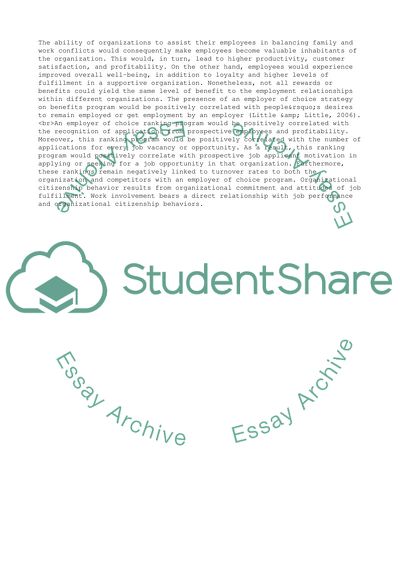Cite this document
(Motivation Practices in Modern Companies Literature review, n.d.)
Motivation Practices in Modern Companies Literature review. Retrieved from https://studentshare.org/business/1788213-motivation
Motivation Practices in Modern Companies Literature review. Retrieved from https://studentshare.org/business/1788213-motivation
(Motivation Practices in Modern Companies Literature Review)
Motivation Practices in Modern Companies Literature Review. https://studentshare.org/business/1788213-motivation.
Motivation Practices in Modern Companies Literature Review. https://studentshare.org/business/1788213-motivation.
“Motivation Practices in Modern Companies Literature Review”, n.d. https://studentshare.org/business/1788213-motivation.


